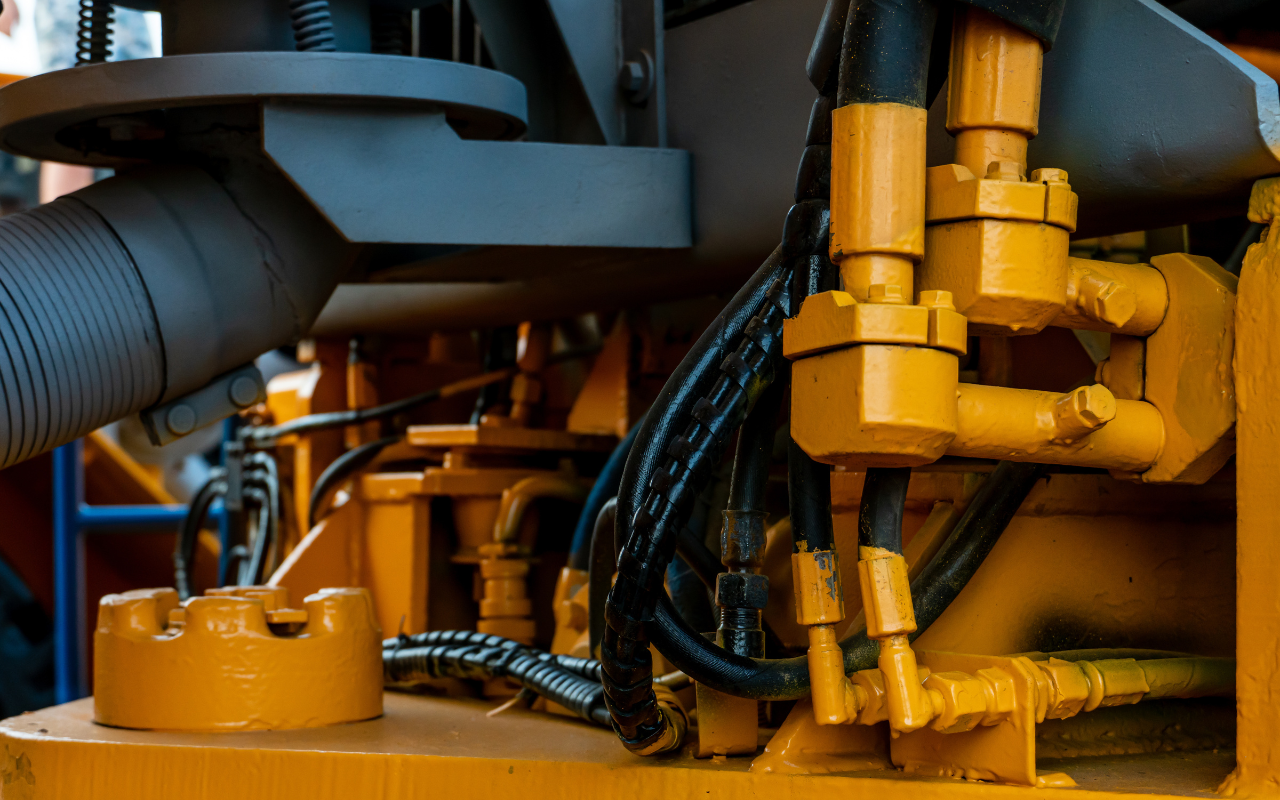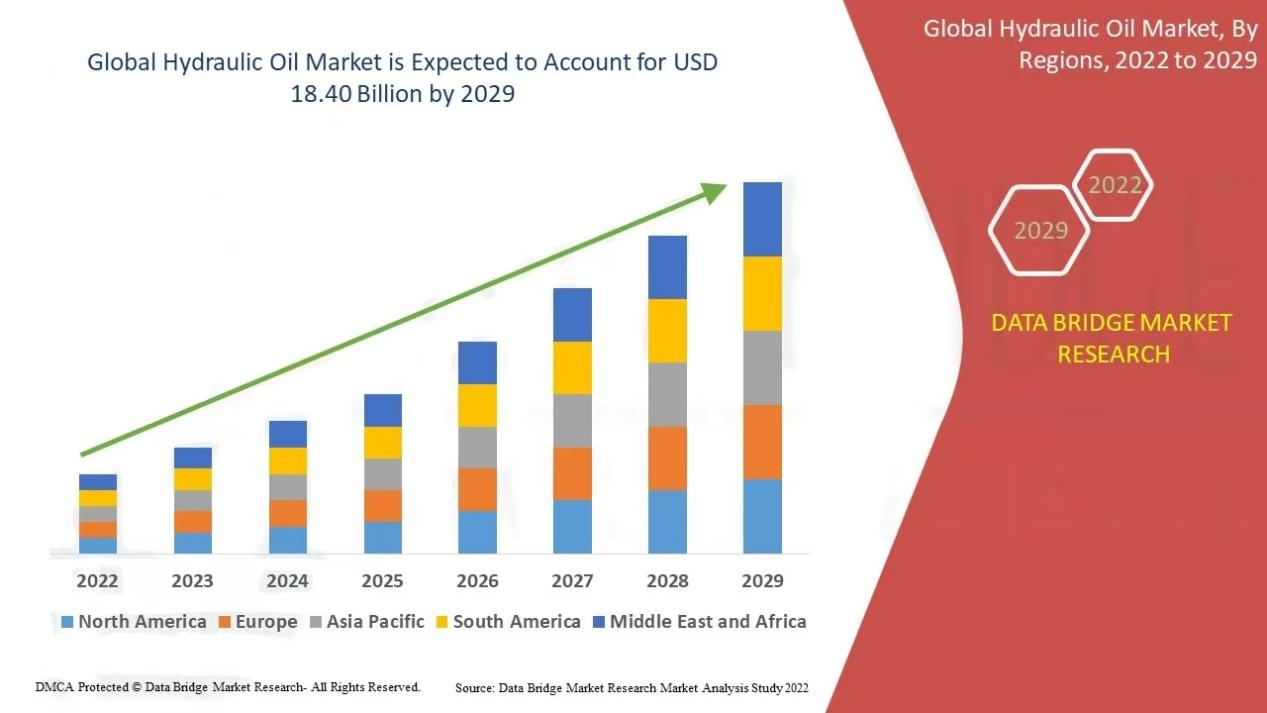Datetime: 2025-08-08 05:04:18 Visit: 6211
Hydraulic presses have long been essential in various industries, from automotive manufacturing to aerospace and construction. These powerful machines use hydraulic cylinders to generate a compressive force, making them indispensable for tasks such as forming, molding, punching, and forging. As technology and industrial needs evolve, the hydraulic press market is witnessing significant trends that are reshaping its landscape. In this blog, we explore the top seven trends driving the growth and innovation in the hydraulic (oil) press market.

One of the most significant trends in the hydraulic press market is the integration of automation and Industry 4.0 technologies. Manufacturers are increasingly adopting automated hydraulic presses equipped with advanced control systems, sensors, and data analytics capabilities. These smart presses offer real-time monitoring, predictive maintenance, and enhanced operational efficiency. By integrating with IoT and AI, these machines can optimize production processes, reduce downtime, and improve overall productivity.
As environmental concerns continue to rise, there is a growing demand for energy-efficient and eco-friendly hydraulic presses. Innovations in hydraulic fluid technology and energy-saving mechanisms are making these machines more sustainable. Features such as variable frequency drives (VFDs), energy recovery systems, and advanced hydraulic fluids with lower environmental impact are becoming standard. These improvements not only reduce the carbon footprint but also lower operating costs, making them attractive to cost-conscious industries.
The need for highly customized and versatile hydraulic presses is on the rise. Industries are seeking machines tailored to their specific production requirements, capable of handling a wide range of materials and applications. Manufacturers are responding by offering modular designs and flexible configurations that can be easily adapted to different tasks. This trend towards customization ensures that hydraulic presses can meet the unique demands of various industries, from automotive to aerospace to consumer goods.
Safety is paramount in industrial settings, and the hydraulic press market is no exception. Modern hydraulic presses are being equipped with advanced safety features to protect operators and prevent accidents. These features include light curtains, safety interlocks, emergency stop buttons, and pressure relief valves. Additionally, the integration of safety-focused software and control systems ensures that machines operate within safe parameters, further minimizing the risk of accidents and enhancing workplace safety.

Digital twin technology is revolutionizing the way hydraulic presses are designed, operated, and maintained. A digital twin is a virtual replica of a physical machine that can simulate its behavior and performance in real-time. By using digital twins, manufacturers can predict potential issues, optimize machine settings, and conduct virtual testing before actual implementation. This technology reduces the time and cost associated with machine development and maintenance, leading to more efficient and reliable hydraulic press operations.
The hydraulic press market is experiencing significant growth in emerging markets, particularly in Asia-Pacific and Latin America. Rapid industrialization, infrastructure development, and increasing investments in manufacturing sectors are driving the demand for hydraulic presses in these regions. Countries like China, India, and Brazil are witnessing a surge in production activities, leading to higher adoption of hydraulic presses across various industries. This trend is opening up new opportunities for manufacturers to expand their market presence and cater to a growing customer base.
Precision and control are critical in modern manufacturing processes, and hydraulic presses are no exception. Advances in hydraulic system design and control technologies are enabling more precise force and position control. Features such as proportional valves, closed-loop control systems, and high-resolution feedback sensors ensure that hydraulic presses deliver consistent and accurate results. Enhanced precision and control are particularly important in industries like aerospace and medical device manufacturing, where quality and accuracy are paramount.
Conclusion
The hydraulic (oil) press market is undergoing a dynamic transformation, driven by trends such as automation, energy efficiency, customization, advanced safety features, digital twin technology, growth in emerging markets, and enhanced precision and control. These trends are not only shaping the future of hydraulic presses but also redefining the manufacturing landscape.
